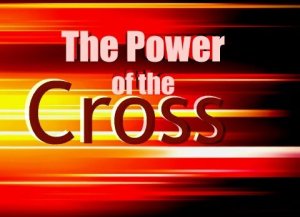Proclaiming the Gospel with Miraculous Gifts in the Postbiblical Early Church

The Power of the Cross: The Biblical Place of Healing and Gift-Based Ministry in Proclaiming the Gospel
Many stories in Christian history are filled with accounts of charismatic gifts, miracles, signs and wonders.
 The emergence of the Pentecostal, the neoPentecostal or charismatic, and third wave movements in our century has raised a variety of vital questions that demand answers. Among these is the issue of whether the spiritual gifts enumerated by St. Paul in 1 Corinthians 12 remained active in the Church after the first century. Equally crucial is the question of whether these gifts, if still active, were vitally related to the proclamation of the gospel in the Church during the formative centuries.
The emergence of the Pentecostal, the neoPentecostal or charismatic, and third wave movements in our century has raised a variety of vital questions that demand answers. Among these is the issue of whether the spiritual gifts enumerated by St. Paul in 1 Corinthians 12 remained active in the Church after the first century. Equally crucial is the question of whether these gifts, if still active, were vitally related to the proclamation of the gospel in the Church during the formative centuries.
Protestant Cessationism
From the Reformation era onwards, leading Protestant theologians have popularized the view that the work of the Holy Spirit in evangelism after the apostolic age was limited to dynamic proclamation of the Word of God, rather than the exercise of spiritual gifts. This was the position of Martin Luther, who openly rejected the schwärmer or enthusiasts of his day—who claimed gifts of prophecy and gave higher credence to the “inner voice” of the Spirit than to the “external word” or Scriptures.1
Did spiritual gifts remain active in the church after the First Century?
Voices of cessationism still are with us, and presently are aimed at the healing and gift-based ministries of Pentecostals, charismatics, and third wave churches. Cessationists argue that miracles had little to do with the gospel or were incidental to the proclamation of the gospel in the New Testament. Further, they insist that gifts of healing as well as the other charismata ceased at or near the end of the first century A.D. For example, the claim has been made that “the Church Fathers, who came almost entirely from the East, believed that the apostolic gifts had ceased.”2 Such a claim is simply not true, as the evidence presented below shows.
Any honest inquiry into the history of spirituality in both Roman and Eastern traditions leads the scholar to conclude that the Holy Spirit invested the post-Apostolic Church with the same gifts and charismatic vitality experienced during the first century.
Category: Church History, Summer 2008


